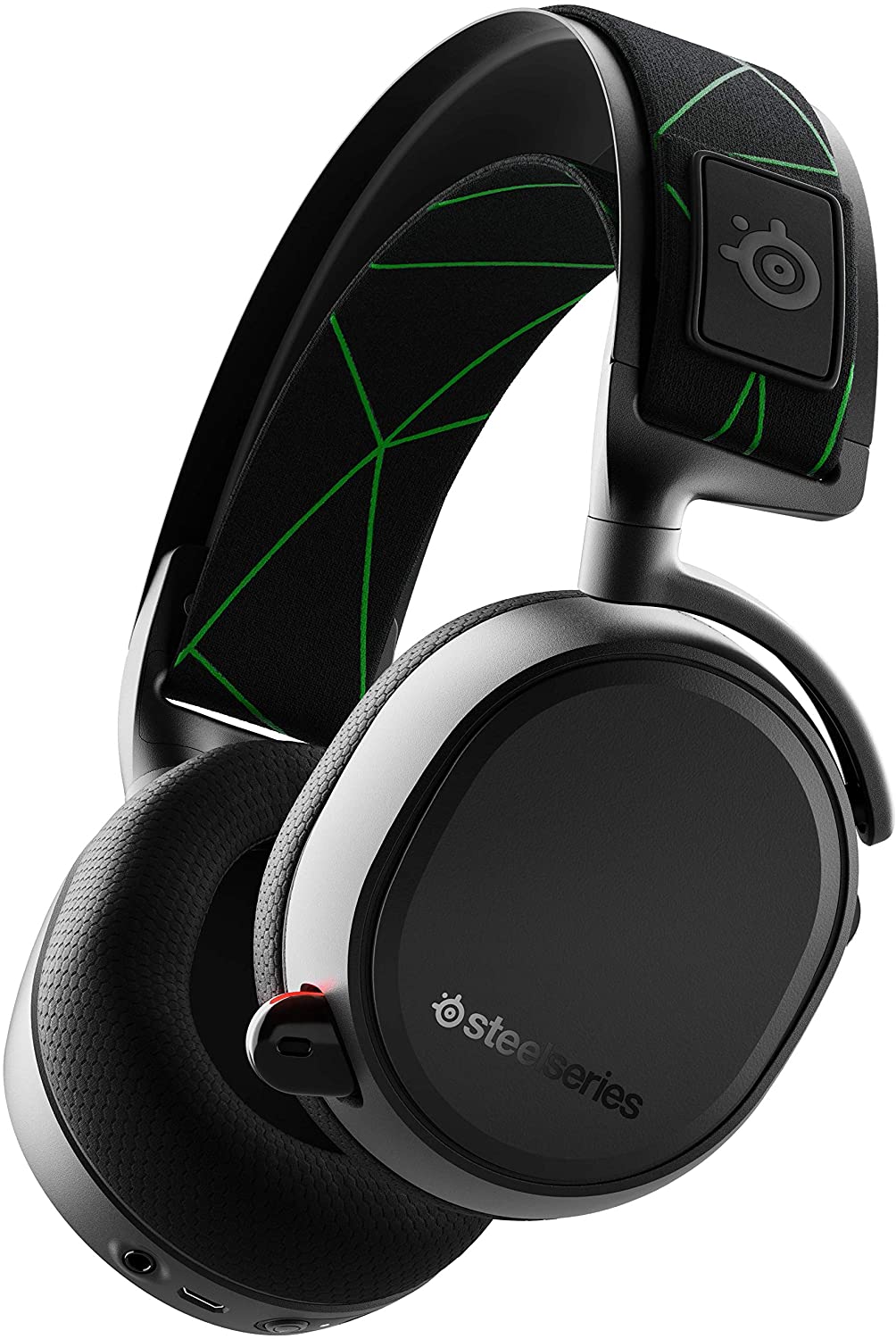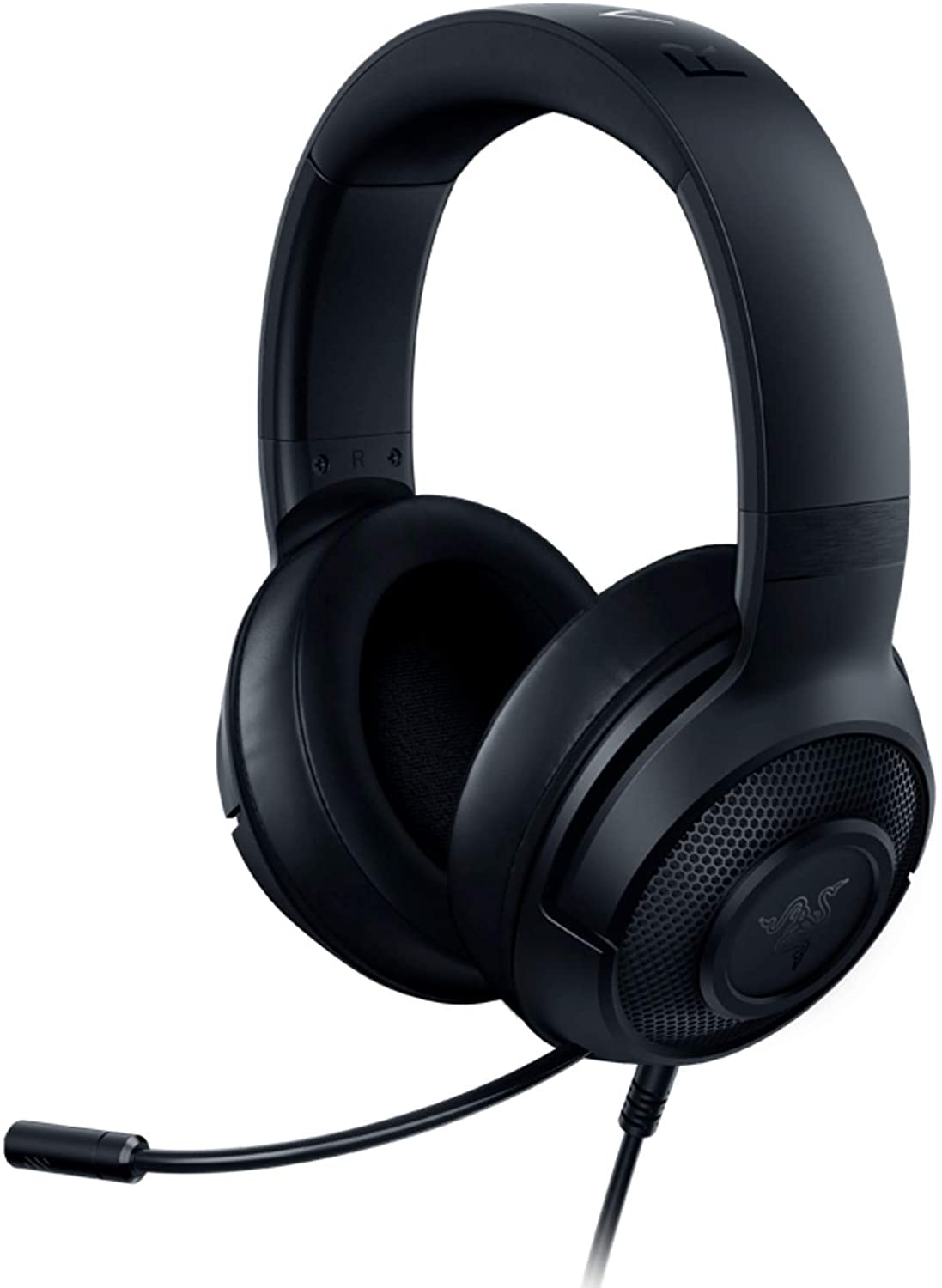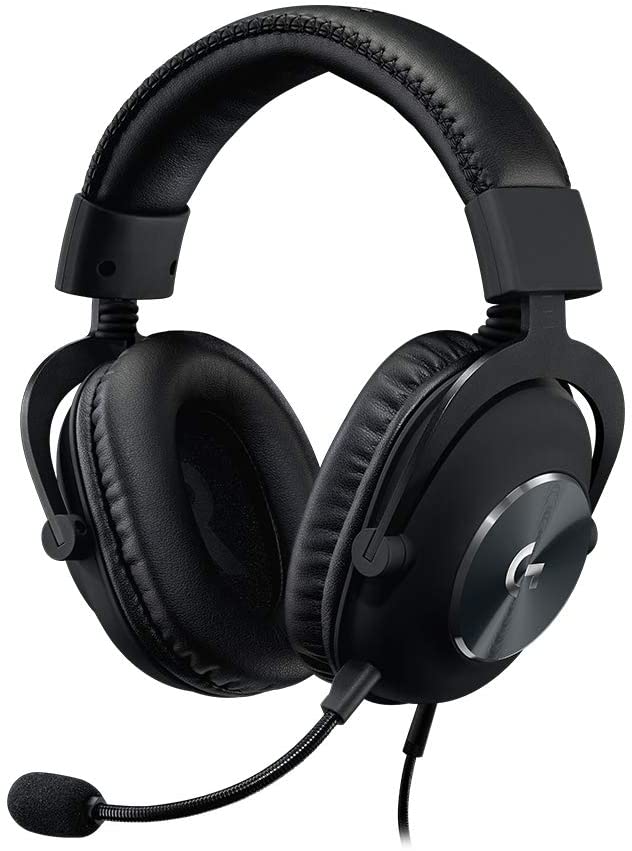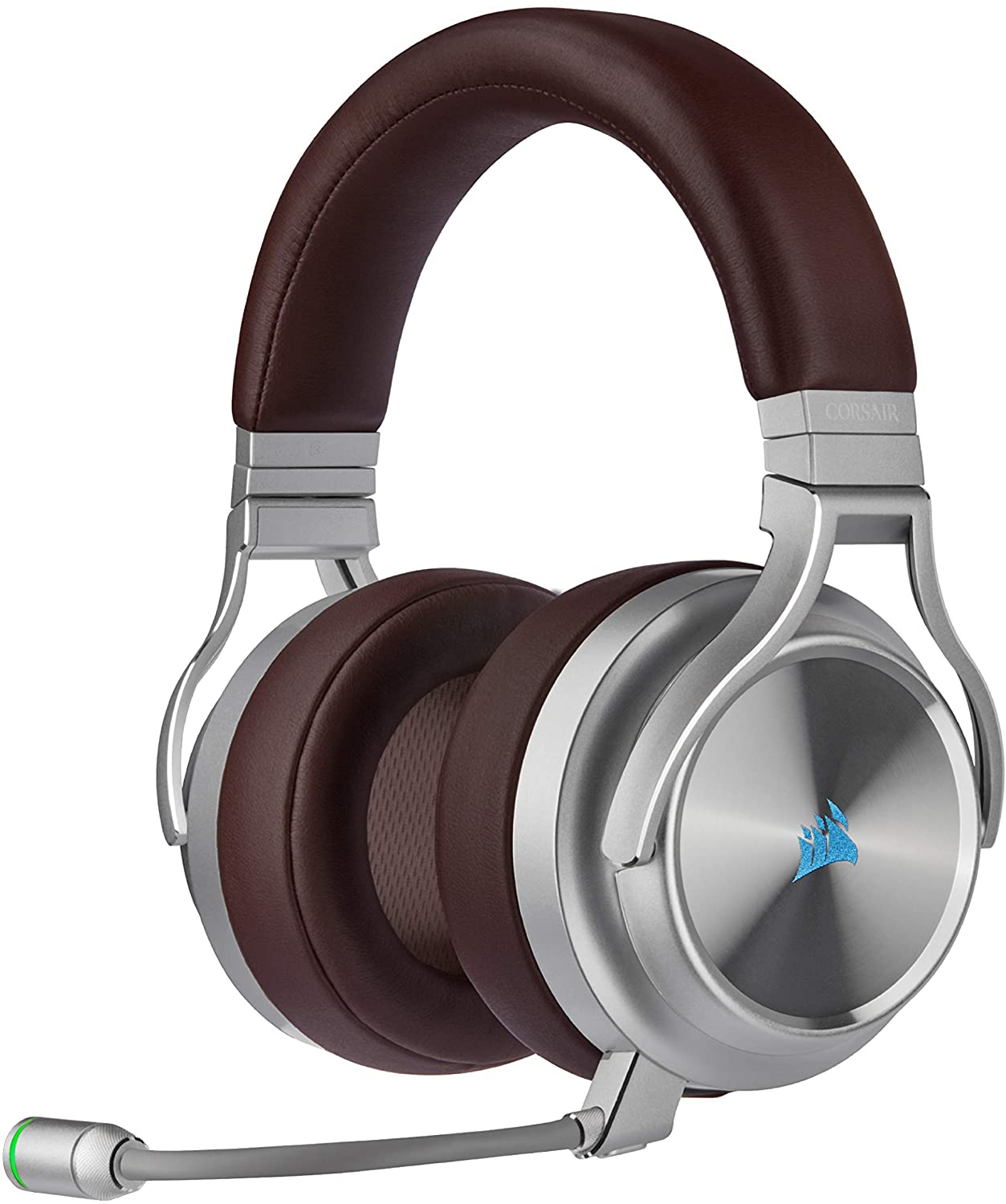The Best Gaming Headsets for Your Money
A good gaming headset can make you feel like you've really jumped inside the game, while also giving you a competitive edge if you're playing with a team. Plus, these headsets look really cool.
Gaming headsets are different from regular headphones and headsets in that they’re functionally and aesthetically designed for the needs of gamers. While some high-end models can satisfy an audiophile focused simply on getting the best sound possible, gaming headsets generally aim to bring out the best in a game’s sound (soundtrack, sound effects, character dialogue, etc.) and aren’t necessarily designed for music enjoyment.
Even though they can range anywhere from $20 to $200+ in price, you can find good sound quality in many gaming headsets in the $50 range. More expensive headsets justify their higher prices by including proprietary computer software that helps you fine-tune the sound output, better quality materials for the headband and ear cups, aesthetic features like multicolor RGB lighting, and more.
A word of advice if you’re looking to save on high-quality headsets, gaming or otherwise: pick wired models over wireless. The simple act of going wireless can easily add over $70 for what is otherwise an identical product. If you don’t mind the added cost, though, a wireless headset can be very liberating.
When it comes to sound quality, 7.1 surround sound can be considered the standard, though it’s not a hard and fast rule. The 7.1 surround sound description means that the headphones will imitate home theater-style surround sound more closely, which is especially useful for games that require precise situational awareness, such as first-person shooters like Call of Duty and Apex Legends. Even if the model you choose doesn’t specifically advertise 7.1 surround sound, it may still deliver outstanding sound quality in more cinematic single player game experiences as long as it has some kind of surround sound.
Gaming headset buying guide
Although sound quality is important for a gaming headset, virtually any model that costs $50 and up from a known brand will pretty much guarantee solid sound quality. When shopping around for a gaming headset, pay attention to the following factors:
• Design and comfort. Above all else, what matters most in a gaming headset is comfort, and specifically how well it fits your head. Some very good headsets can sometimes be designed for smaller heads, which might not fit everyone well, no matter how much memory foam they’re padded with. Always keep an eye out for design decisions that favor breathability and light materials so you’re able to game for hours on end.
• Noise suppression. Not to be confused with sound cancellation in regular headphones, noise suppression refers to how sensitive your microphone is to any noise other than your voice. If you’re a fan of competitive or team-based games where communication is key, look for a headset that includes noise suppression features to ensure better coordination between you and your teammates (or if you simply want your trash talking to be heard loud and clear).
• Battery life. Wireless headsets are overall much more convenient than wired models, with barely any difference in sound quality. However, the convenience of being able to walk around cable-free comes with the responsibility of keeping your headset charged. A gaming headset with a long battery life (20 hours or more, ideally) will help reduce the likelihood of running out of juice at a crucial point of your game.
• Cable length. If you’re choosing a wired headset, it’s important that the cable connecting to your PC or console is long enough to avoid accidentally tugging your console down or damaging the headset itself. For most gamers, something in the neighborhood of six feet is a good cable length.
• Platform compatibility. Though not always the case, some headsets only work with PCs and specific consoles (PlayStation or XBox). Particularly when shopping for more expensive models, make sure that the one you choose works with your gaming platform of choice.
Best gaming headsets
1. Best overall: Razer BlackShark V2 Gaming Headset
From gaming mice to keyboards and even gaming chairs, Razer is well-known for high-quality gaming peripherals. The BlackShark V2 is a gaming headset that showcases Razer’s strengths for just under $100.
A combination of 7.1 surround sound and cooling gel-infused ear cushions already make it a great deal compared to similar models, but its audio software is what really sets this model apart.
The BlackShark V2’s custom audio software is outfitted with custom THX sound profiles, which helps your gaming sessions feel like they’re taking place in a movie theater. Like any gaming headset worth its salt, this unit's microphone is detachable for easier storage, and the model is fully compatible with any PC or gaming console.
Although impressive, its THX sound profiles are currently limited to a handful of games, though one can reasonably expect that to change as time goes on. The BlackShark V2 has a more affordable version without the THX sound profiles, (the BlackShark V2 X), and a wireless model (BlackShark V2 Pro), if you want to avoid the hassle of multiple stray cables around your desk/gaming area.
2. Editor's pick: SteelSeries Arctis 9X Wireless Gaming Headset
Wireless headsets can be a boon when it comes to moving around the house freely, but you need to keep an eye on their battery level to avoid losing communications at critical moments. The SteelSeries Arctis 9 headset sidesteps this concern by sporting an impressive 20-hour battery life. It also charges up in as little as four hours, which makes it easy to recharge while you sleep and have it ready to go once you wake up.
In terms of sound performance, it handles dynamic sound ranges very well, particularly when it comes to soft, subtle noises that would otherwise get lost in the middle of loud action sequences. The bass output is not the best, however, so if you’re a fan of big booming audio tracks and video game set pieces, you may want to consider models like the Corsair Virtuoso or the Razer BlackShark V2.
The headset is incredibly comfortable thanks to its ski goggle-style headband, which lets it rest gently on heads of all shapes and sizes without exerting a noticeable amount of pressure. Notably, the Arctis 9X is only compatible with XBox consoles and PCs (not PlayStation). This means they are specially designed to make the most of the console’s unique sound profiles, which is something that many headsets don’t often cater to.
A slightly more affordable and versatile version of this headset can be found in the Arctis 7, which features a USB dongle that allows it to connect to any PC or console (despite being advertised specifically for PS4), though with marginally reduced sound performance.
3. Best for low prices: Razer Kraken X Ultralight Gaming Headset
Overall, gaming is an expensive hobby. From the consoles themselves to the various peripherals required, you can end up spending a decent chunk of change getting yourself fully kitted out. Thankfully, Razer’s Kraken X headset delivers crisp 7.1 surround sound for under $50, allowing you to experience any game’s full range of sound without burning a huge hole in your pocket.
Like many affordable headsets, the Kraken X is made from lightweight materials that allow you to wear it for hours without discomfort. It also includes basic analog controls along its cable so you can adjust the volume on the fly or even switch its microphone input on and off when necessary. Basic sound software is included for PC use, allowing you to configure the sound output much like you would with a home theater setup (front, back, left, right).
The Kraken X also includes noise-reduction features, to help you communicate clearly with your teammates (or rivals) despite any annoying background noise that may be present. Despite all of its convenient features, the Kraken X’s microphone cannot be detached, which makes storage a hassle unless you keep your headset on your desk 24/7.
4. Best for pro-level performance: Logitech G PRO X Gaming Headset
Logitech is a well-known maker of PC peripherals, from computer mice to keyboards to webcams. The G PRO X is a gaming headset that is representative of Logitech’s relatively affordable, but high-quality products. For under $150, it includes all the features expected of high-quality gaming headsets such as 7.1 surround sound and custom audio software, as well as a detachable microphone.
The design is comfortable, made out of sturdy aluminum and memory foam ear cups, with the added bonus of making you look like an aircraft pilot. The stylish appearance is icing on the cake, considering that this headset’s microphone’s Blue Voice software is among the best available for noise reduction and crisp communication, making it ideal for tournament gaming.
Its greatest asset can also be its main downside, since the Blue Voice software requires a PC to operate, which can be an issue for console gamers. Even with these potential minor microphone issues, the G PRO X is a great gaming headset at a reasonable price, and it even includes a carrying bag to stow it and its accessories away while traveling.
5. Best wireless gaming headset: Corsair Virtuoso RGB Wireless SE Gaming Headset
While there is little difference in performance between wired and wireless headsets, you do have to pay an added premium for the convenience of not having to deal with wires (sometimes as much as $80 extra between identical models). If you really want to treat yourself to a stylish, comfortable, and well-performing wireless gaming headset, it's hard to go wrong with Corsair’s Virtuoso RGB model.
The Virtuoso RGB is a premium wireless headset, made out of lightweight aluminum and padded memory foam that allows it to gently rest on your head. As its name implies, it includes multicolor RGB lighting on the earcups, which is great for color-coordinating between any other RGB-capable peripherals (such as mice, keyboards, and desktop PC towers).
As with any high-end headset, it features 7.1 surround sound, along with Corsair’s proprietary iCUE sound software. iCue includes several preset sound profiles and gives you the ability to fine-tune your equalizer levels for music, gaming, or video streaming.
The microphone is detachable, making storage simpler, and its wireless range is up to 60 feet, which gives you plenty of room to walk around the house while wearing it. The main downside is its battery life, which despite its advertised 20 hours of duration, tends to last much less (under 15 hours), according to several users.





